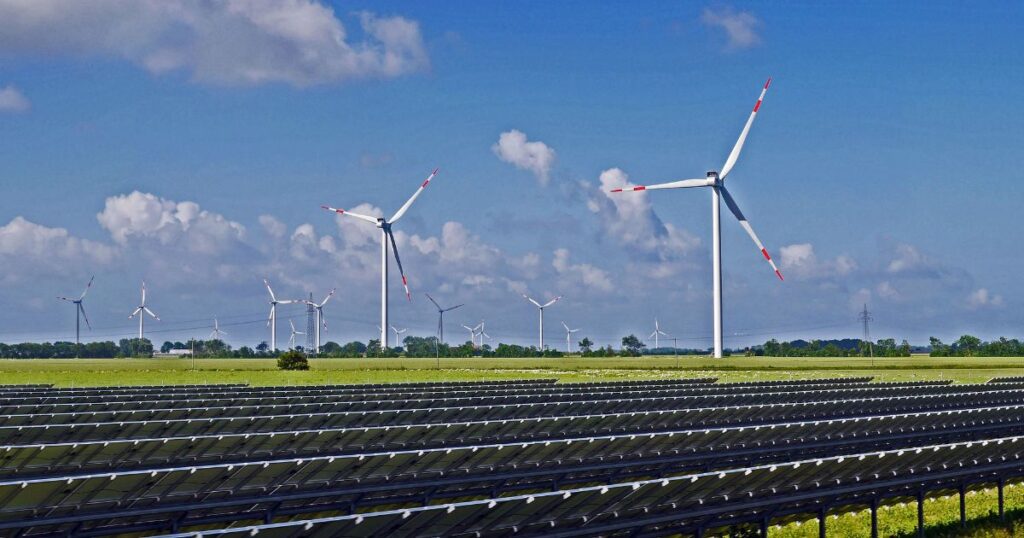Renewable Energy Challenges in NSW
2 min read
This article is included in these additional categories:
New South Wales (NSW) is facing the largest gap between its 2030 emissions reduction goals and the current pace of renewables deployment among Australian states, posing a challenge for the nation’s overall targets, according to a report by Green Energy Markets.
The state is aiming to generate 33,600 gigawatt hours of renewable energy by 2029, but as of the end of 2023, it was only halfway to this goal with 12,911 GWh from committed or contracted projects. NSW’s shortfall in wind and solar farms is nearly 7.5GW. Other states, including Queensland and South Australia, also face capacity shortfalls, complicating the national transition away from fossil fuels. The report suggests that the federal renewable energy target of 82% for the grid by 2030 is ambitious, surpassing individual state goals.
The impending closure of the Eraring coal-fired plant in August 2025 further adds to NSW’s challenges, removing a significant portion of baseload generation capacity. The state government is working to expedite approvals for numerous renewable projects, but concerns persist about changing conditions post-approval, potentially deterring future investments. Discrepancies exist regarding approval times, with estimates ranging from 67 days, as stated by the planning minister, to significantly longer durations reported by industry sources.
The renewables industry expresses concerns about NSW’s planning approval process, citing changes to conditions and eroded value propositions in renewable energy zones. The spokesperson for EnergyCo defends the revised curtailment figure, stating it aligns with economic modeling across the National Electricity Market and optimizes network efficiency in the interest of electricity consumers.





